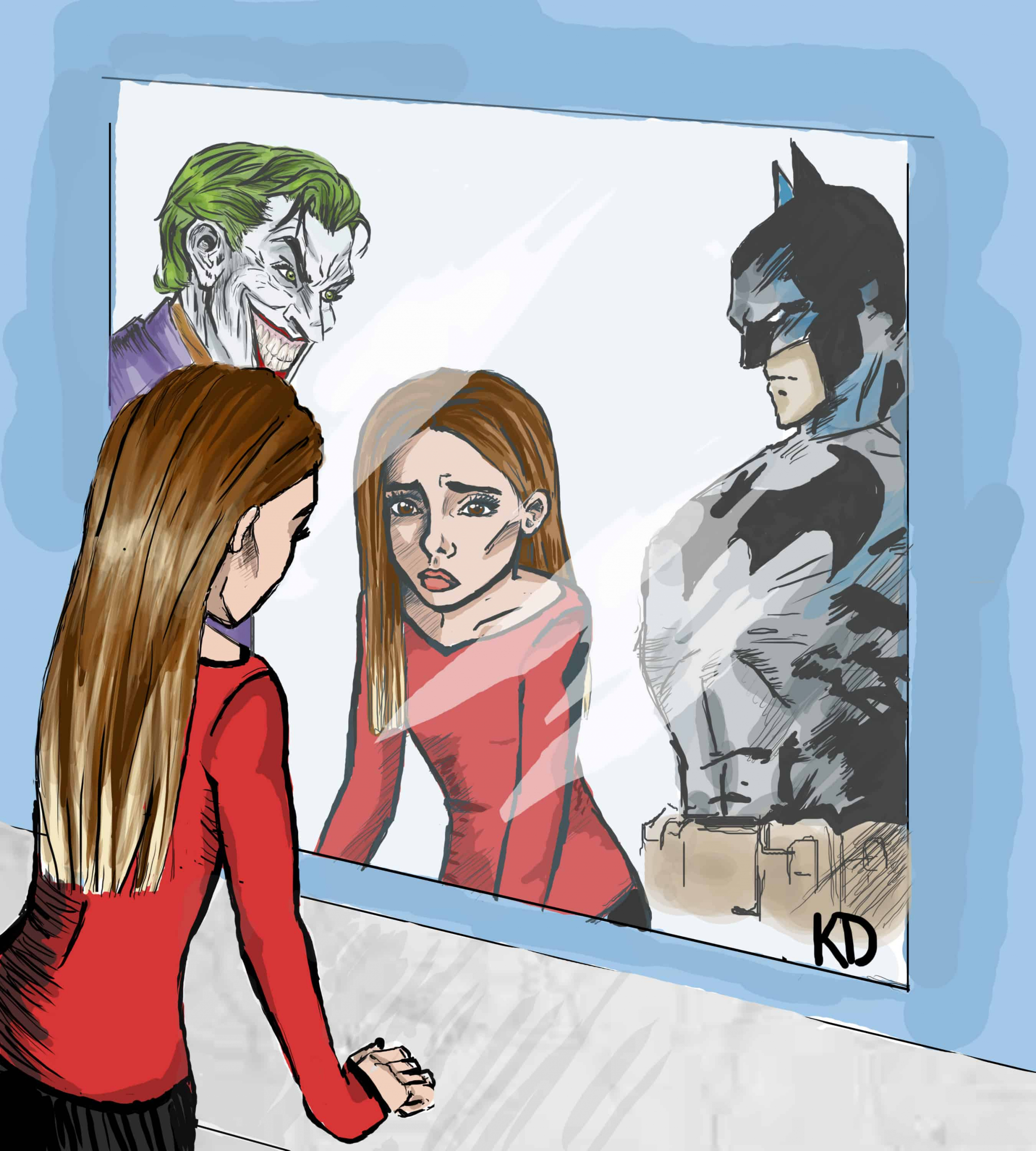As children, we tend to absorb the things we hear and see around us. Now, in a culture of constant consumption, today’s children are hooked on some form of media from an early age. The stories depicted in superhero comic books are a perfect example — having been transposed onto the big screen and brought to large audiences, they can be powerful messaging tools.
Though children may be more susceptible to the influence of media messaging because they are impressionable and trusting, comic book culture can subtly influence individual and collective opinions on right and wrong among adults and children alike.
It is no secret that comic book characters were used as instruments of state propaganda during the Cold War. The evils that these fictional crusaders took down were derived from the real world.
Captain America encouraged patriotism among young Americans by taking on Hitler. Similarly, Superman was once depicted as flying Hitler and Stalin to the League of Nations to be tried for their crimes — this was published even though Stalin’s Soviet Union was an ally of the United States during World War II.
It is not difficult to determine good and bad in a comic book, but that black-and-white determination does not often transfer well to real events. A consumer of comic lore might easily identify the Nazis or the Japanese as the ‘bad guys’ and the Americans as the ‘good’ ones, glossing over the many shades of grey that constituted the historic conflict. This further underlines the power of these depictions, as unwitting consumers might begin to view history in binaries and fail to think critically about damaging Allied actions such as the bombing of Hiroshima and Nagasaki in 1945.
Another aspect to consider is the stereotyping of certain groups within comics, which has the potential to influence popular opinion. The medium has historically included discriminatory portrayals of ethnic minorities, including caricaturing their appearances, depicting Black characters as uncivilized, or Asian ones as shifty and calculating.
These stereotypes are not limited to comic books. In the post 9/11 era, many western movies, such as the popular Clint Eastwood film American Sniper, showed their heroes taking on terrorists from the Middle East, contributing to the idea that all terrorism stems from the region.
Regrettably, such portrayals connect a phenomenon that can occur in any part of the world — war, destruction, and the loss of innocent lives — solely with Islam, making it seem as though Muslims and Arabs are the single largest threat to humanity.
The emotions and conflicts conveyed in comic books are another reason we should study their impact closely, through their depiction of how certain choices impact their characters. The famous line uttered by Peter Parker’s Uncle Ben, “With great power comes great responsibility,” is something most people are introduced to early. The fact that Peter loses his beloved uncle, prompting him to don his crime-fighting costume, draws attention to the price of ignoring this advice.
Bruce Wayne’s alter ego, Batman, is another example of a traumatized hero who is unable to let go of his past, using it to fuel his current fight for justice. Even the villains in these renditions are as interesting and recognizable as the heroes; for instance, Batman rogue Two-Face displays a dual personality and an obsession with duality.
These conflicts represent the intricacies and frailties of human interaction, making superhero comics compelling forms of media. Comic books have the ability to teach morals — this teaching may be intentional or unintentional, and the morals may be commendable or less so. It would be unwise to ignore their impact in either case.


